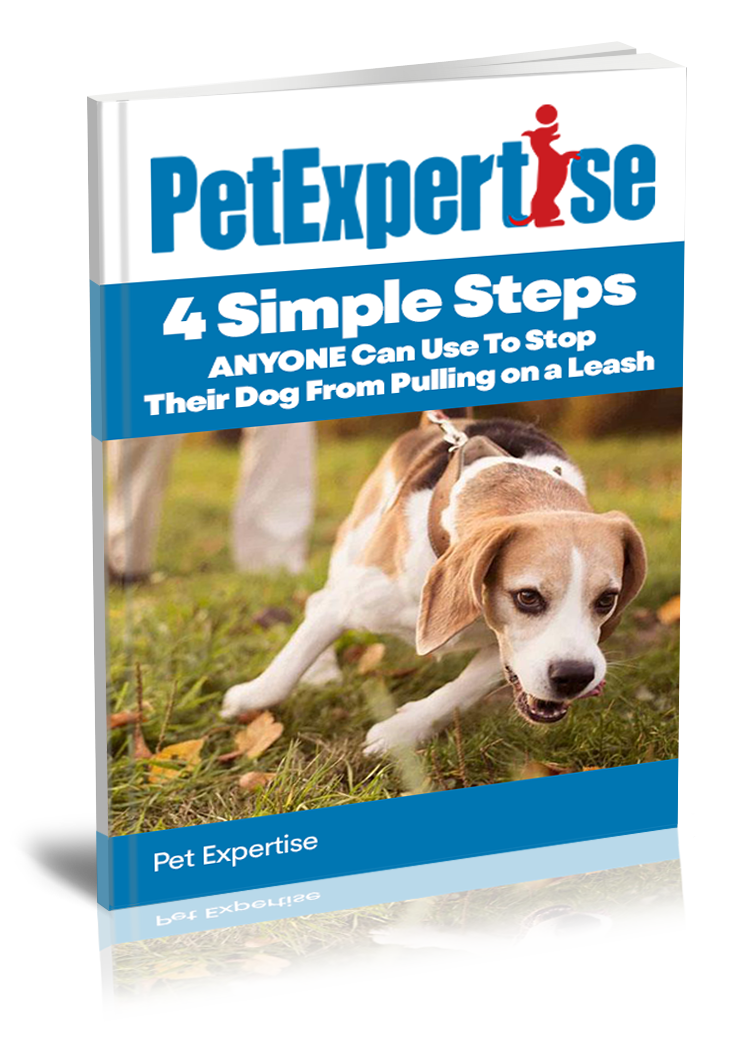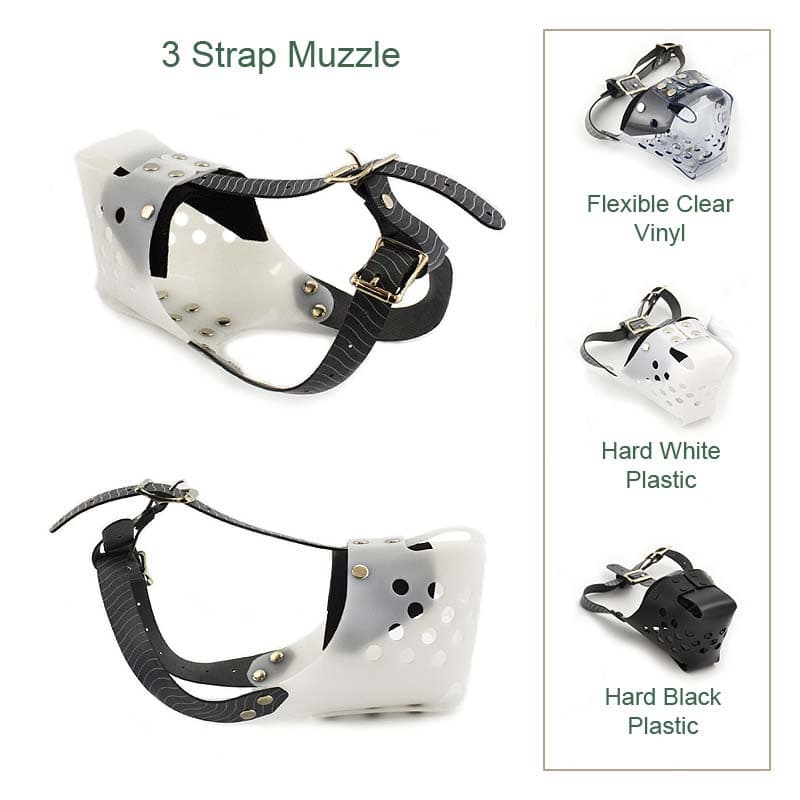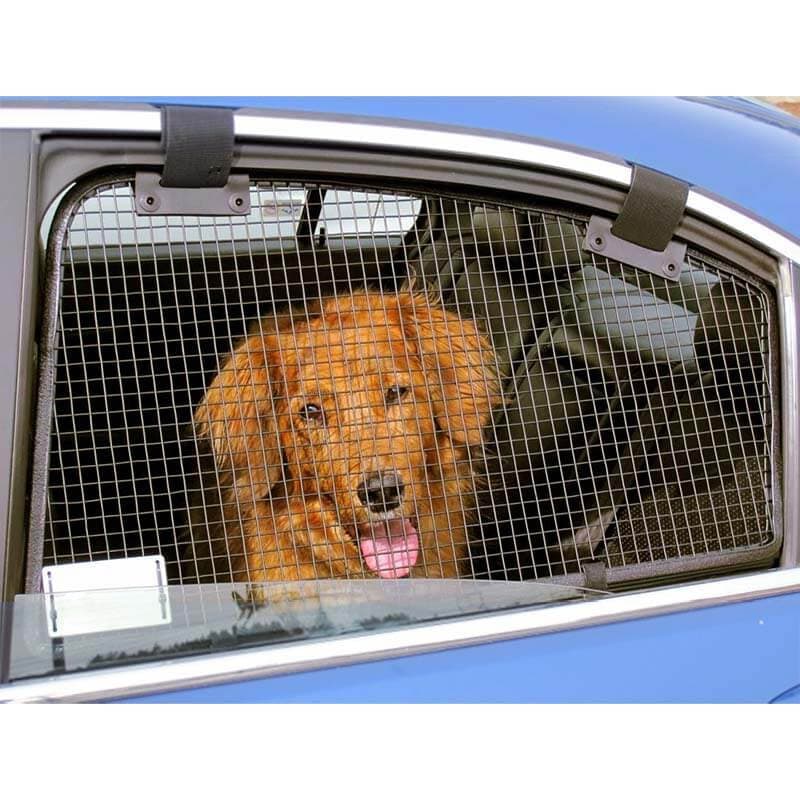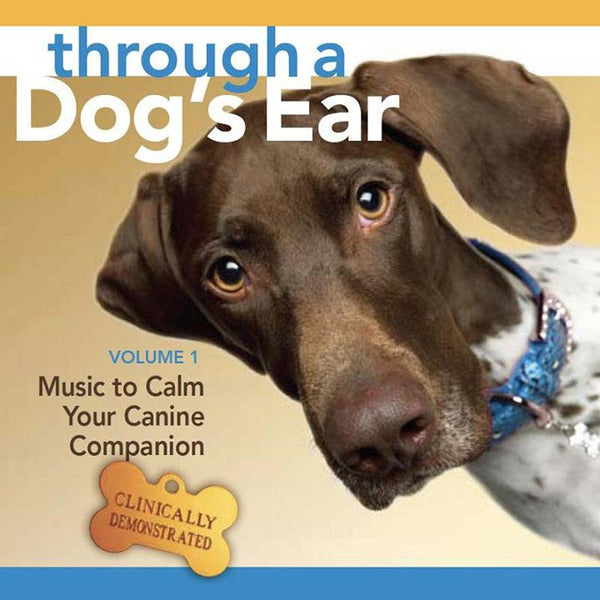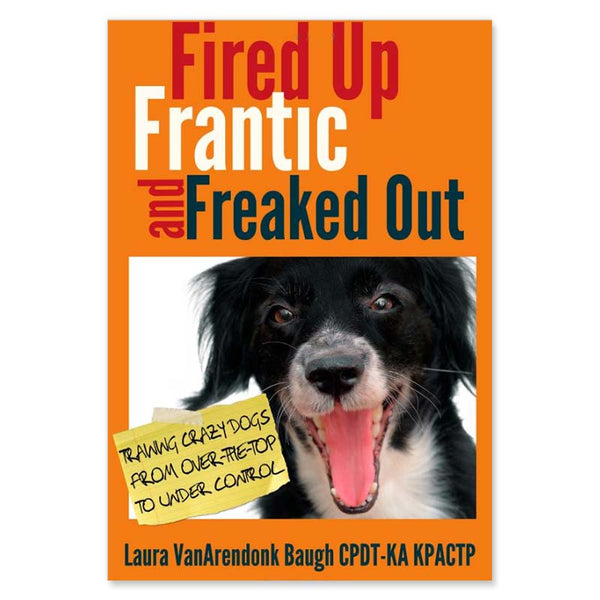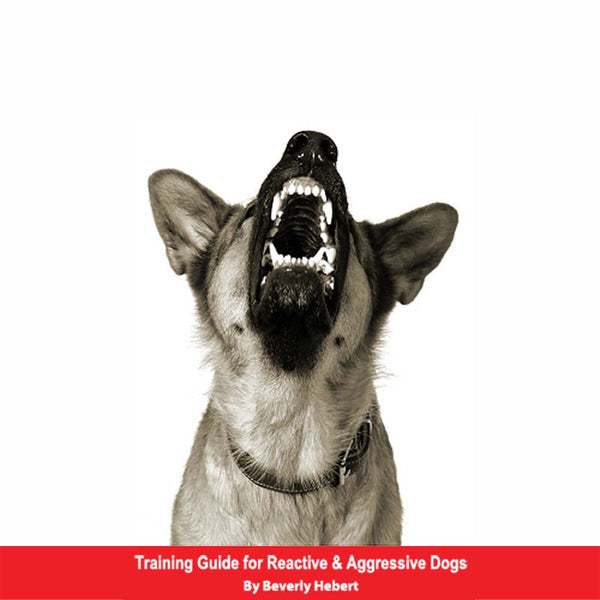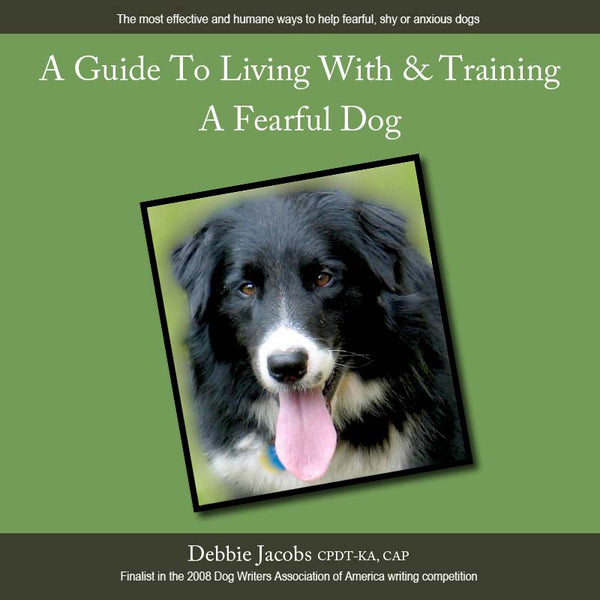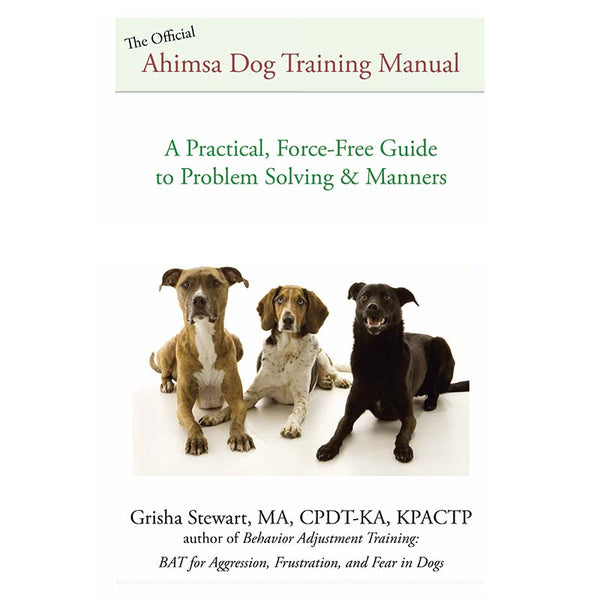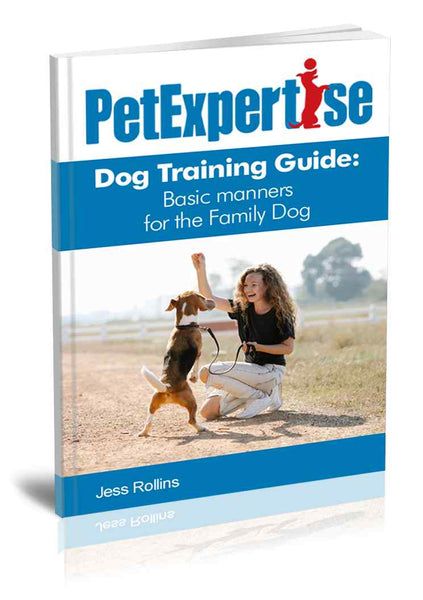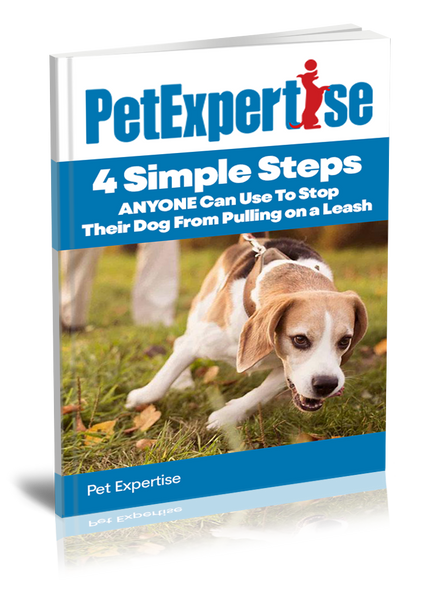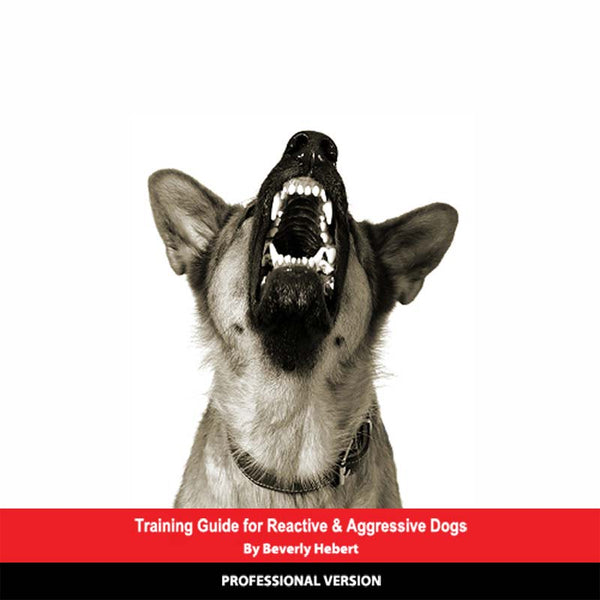Solving a Fear or Aggression Problem in Your Dog Using Positive Techniques
By Jess Rollins
Copyright Info
So your dog is aggressive or fearful! Poor pup and poor you! It can be really painful for you as well as your dog when your dog is barking, lunging, growling or hiding. The first thing to do is to prevent your dog from having more fearful outbursts while you get your training plan together. I've listed some things to consider below.
- Begin by contacting your regular veterinarian to rule out medical problems in your fearful or aggressive dog. Consider contacting a Veterinary Behavioral Specialist for a consultation and possibly medication.
- Try safe anxiety reducers like herbal calming supplements, DAP (Dog Appeasing Pheromone, melatonin and Thundershirt.
- Feed your dog a high quality diet that is free of artificial additives, wheat, corn and soy.
- Make sure your dog gets enough activity and stimulation. For guidelines click here.
- Teach your dog to wear a muzzle if there is a possibility he could hurt someone. (And teach your dog that wearing the muzzle = treats!)
- Be a good leader to your dog to help make it worth while for him to listen to you.
- If your dog is afraid of people, do not allow unfamiliar people to approach him, instead, reward him for any social or friendly behavior with a treat. Put him in another room with a great chew if he will be upset by the presence of guests. It will help him to feel more secure if the guests pretend that your dog is invisible.
- Keep yourself calm and upbeat at all times and tension off of his or her leash. Use the "Jolly Routine": act happy and joyful when you see something that you know your dog will fear.
- Do not use physical punishments (yelling, hitting, collar corrections, etc) as this can convince your dog that what he or she is afraid of is even more scary than he first thought, or may cause him to hide his discomfort from you which can lead to what appears to be an unprovoked bite later on.
- Learn all you can about canine body language so that you can tell when he is becoming upset. A great book and video for this is called Calming Signals by Turiid Rugaas.
The best way to help your dog behave better is to teach him that he no longer needs to be afraid or upset. You can do that by using a scientifically-based technique called desensitization and counter conditioning. Here is an example of helping a dog that is fearful of cars:
- Get some fresh meat or cheese and walk in a field near a street.
- Discover how far into the field away from the traffic you must go until your dog can pay attention to you instead of the cars.
- When your dog looks at a car going by, praise and then give him a treat.
- Gradually move closer to the road. If your dog cannot attend to you or is reacting to the car in a negative way you should retreat farther away.
- Soon your dog should see a car coming and happily look to you for his treat. Be patient, as teaching him to change his feelings about something scary can take longer than regular "trick" training.
Another tip: Check out the Behavior Adjustment Training method which uses desensitization along with something called "functional rewards" instead of a reliance on food.
Good luck in your training and remember to make it fun and gentle for your dog (and you!).
Products we offer to help train your aggressive or fearful dog

